Do you really water the flowers?Take a look at "6 Not Wild", the chairman of the school is full of big white roots
Author:Fostermi Time:2022.07.03
We all know that if you want the flowers to grow well, the root system must be raised. If we can raise the white roots of the plants, then the flowers we raise will inevitably grow strong. However, many people often have flowers at home, and they often have rotten roots, that is, the watering does not control the way, and the watering is not paired. If you do not water it, if the plants you raise are easy Look at this "6 non -poured". If you learn, the plants can be covered with big white roots, and they can grow vigorously and bloom beautifully.
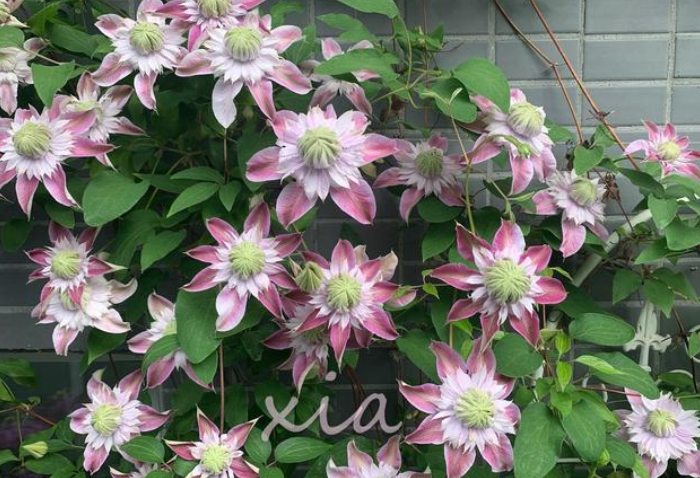
1. Do not pour yin and yang water
What is yin and yang water? That is, we pour on one side when we water it, because most people now use flowers with good breathability, or add a lot of particles to the soil. The water will quickly flow out of the bottom hole, but the other side may be dry, so that the root system on the other side will be damaged, and a part of the branches will be dry. Therefore, it is not recommended to water it like this. Watering must be poured into the flowerpot and poured it a few more times.

2. Do not pour half of the water
Many people like to water half -intercept when watering. The so -called semi -water is the plants we use large flower pots to water only a little water. It must be poured through, because its roots are relatively large at the bottom, and the upper part also has roots, but the roots on the upper part are relatively old. If you only pour a little water, the tender roots at the bottom will dry and dry. In the future, the entire plant will be raised, and it is difficult to recover even if it is poured in the later period.
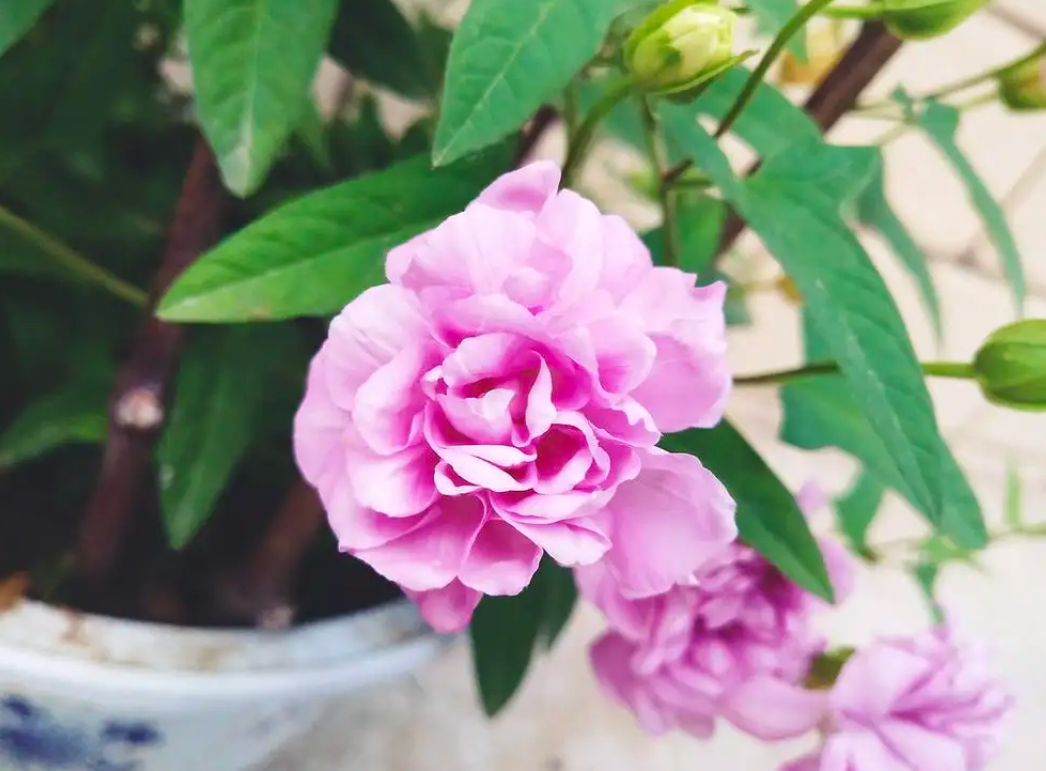
3. Do not water at noon at noon
The high temperature mentioned here generally refers to the temperature in summer and summer after the summer, and the temperature of the outdoor can reach 30 to 40 degrees. Then the temperature in the flower pot can reach about 40 degrees due to light, and it may even reach 50 to 50 Degrees, at this time you go to water at noon, using tap water or water pumped from the well. After pouring, it will inevitably hurt the roots. The temperature of the water temperature is 20 degrees from the temperature in the pot soil. The root system will inevitably be damaged.

So do not choose to water at noon in the high temperature season. Watering should be chosen as much as possible when the sun is produced in the morning, or it is poured at eight or nine o'clock in the evening. Close to the temperature of the water, you can quickly absorb it without pouring, and there will be no root injury.
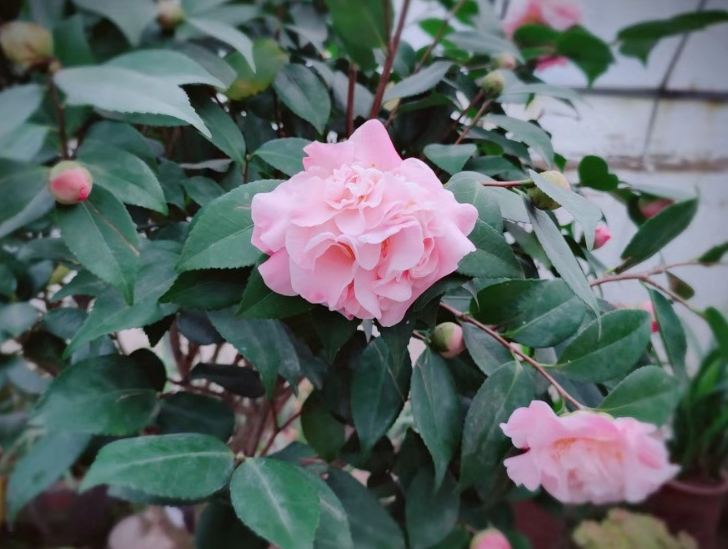
4. Do not water in winter night
In the northern region, the temperature in winter is relatively low. Even in the indoor temperature, it will not be too high, and there is no light at night. The root activity of the plant will be relatively weaker. Essence If you want to water in the cold winter, choose to pour it as much as possible when you come out in the morning, or water it at noon, so that the water can see the light during the day, the root system is strong, and the leaves can perform photosynthesis. It can quickly absorb water, so that after pouring it, it can quickly absorb a part of the water. The water surface of the soil can also volatilize quickly. It is not easy to rot or boring.
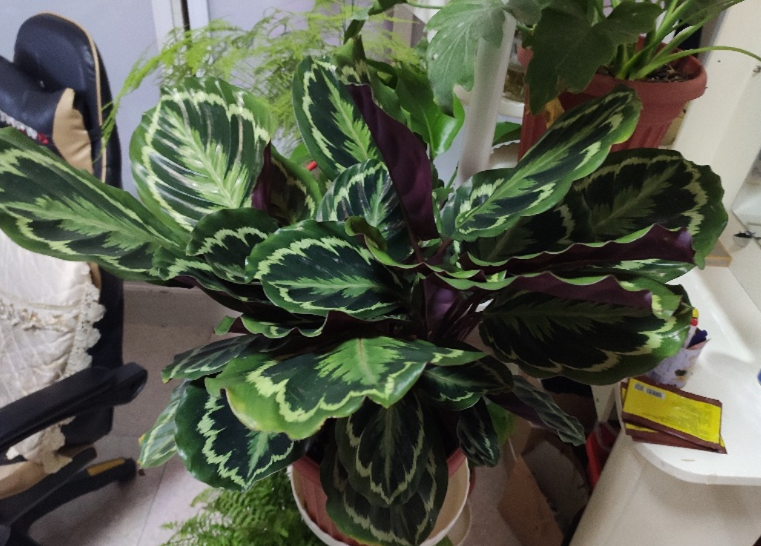
5. Do not pour thick fertilizer water
When we raise flowers at home, we have to add some fertilizers to time to ensure that the plants get sufficient nutrients to grow and bloom. But be sure to keep it in the concentration of fertilization. If the fertilizer concentration you use when you water it, it will easily burn the root. After the roots are burned, it is difficult to recover.
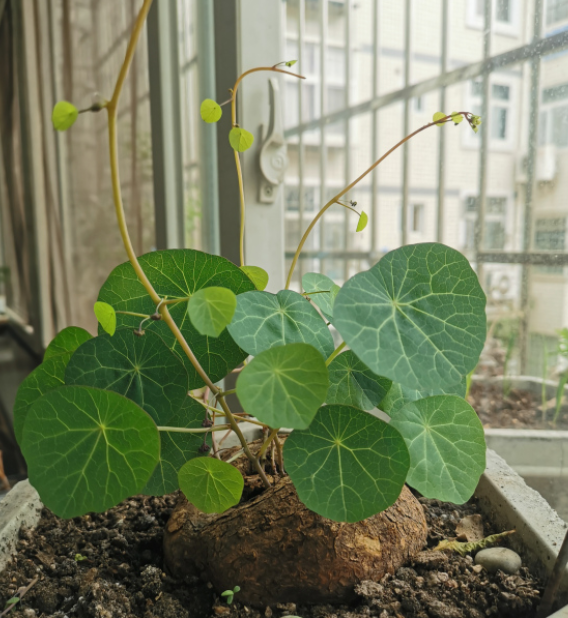
The fertilizers we bought are written concentrations. Generally, it is written with 1: 500. When watering, it is only necessary to pour it: 1: 1000, so that it is not easy to have problems. Because the fertilizers we bought are all used in the fields, such as potassium dihydrogen phosphate, compound fertilizer and the like. These are marked according to the concentration of the field. The chance of burning the concentration is very high.

6, not alkaline water
The plants we raise like to be slightly acidic soil. If the soil is alkaline, the root system of the plant will not grow, and the plant will have yellow leaf stiff seedlings. Therefore, watering must not be watered. Because the water quality of many northern regions is alkaline, it does not feel much when it is poured or twice. After the number of poured number, the plant will yellow leaves, and the stiff seedlings are not long. The situation is very common.

Therefore, if your water quality is alkaline, you need to adjust it. For example, add some rice vinegar to the water in half a month to improve the soil quality. We can also use orange peel and lemon peel to soak water. After fermentation, water will be used to pour water, which can also improve the soil quality.
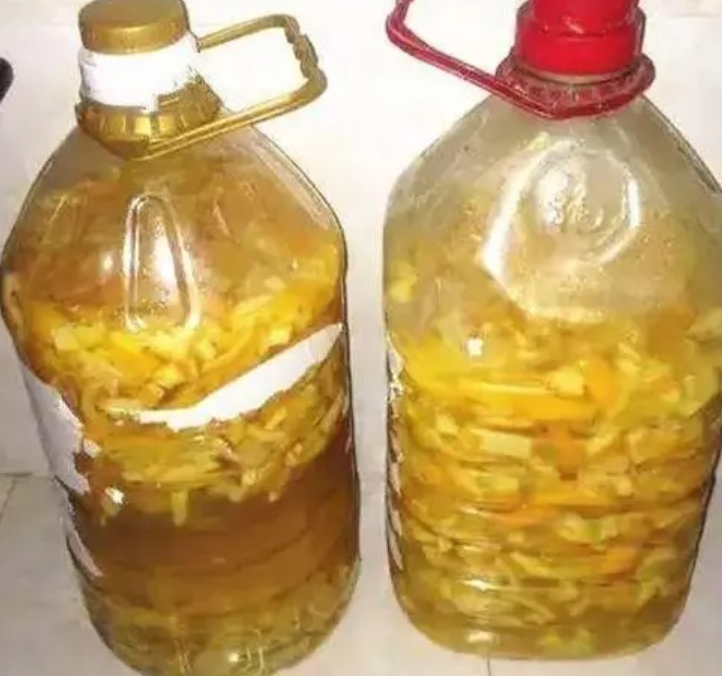
This is the 6 non -watering that we must remember when we water it. It is very practical for novice flowers. You can take a look. However, it must be remembered that watering flowers cannot be watered frequently, and the flower pots are not dried or poured. If the plants grow well, the plants that are like water generally dry the surface of the soil for one or two centimeters, and pour him through the water in time.

For those who are more resistant to drought, we can water it in time when the pot soil is dried up to half, and they can ensure that the root system is not dry and grow quickly. Then there is an environment with good ventilation and adequate light, then the flowers we raise can grow normally and open the pot completely.
- END -
Hunan tea oil: How is high -end national oil made?
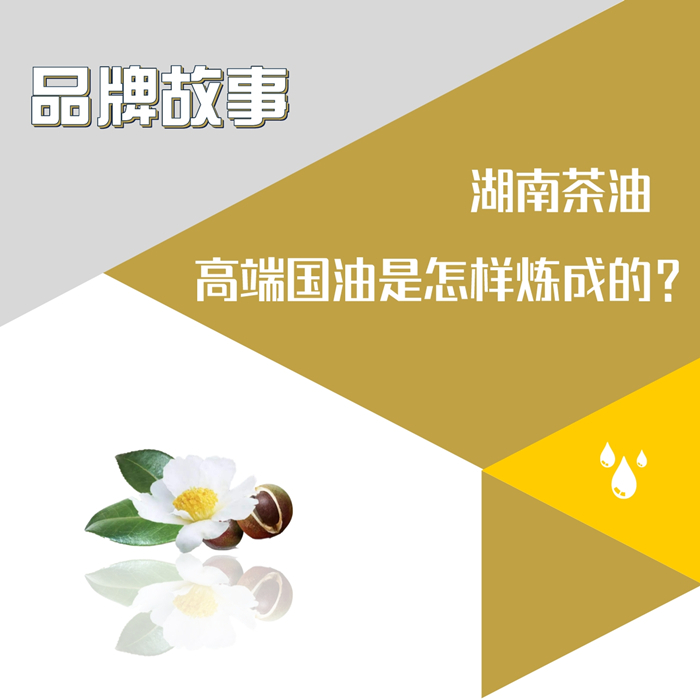
On the red soil in Hunan, the camellia trees thrive.These green elves grow in the ...
The epidemic defense line is densely woven!The meeting of the leading group of the new coronary pneumonia epidemic prevention and control work was held

On July 18, Chen Jie, the secretary of the district committee, presided over a mee...